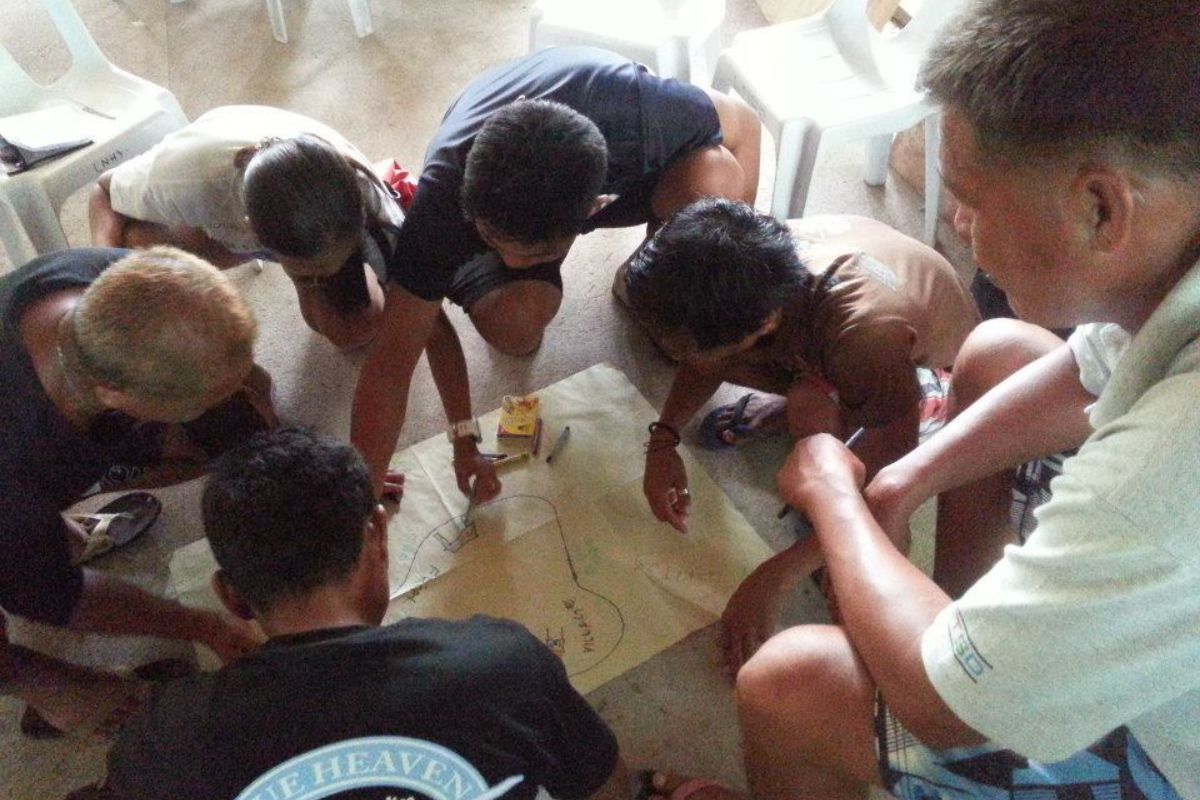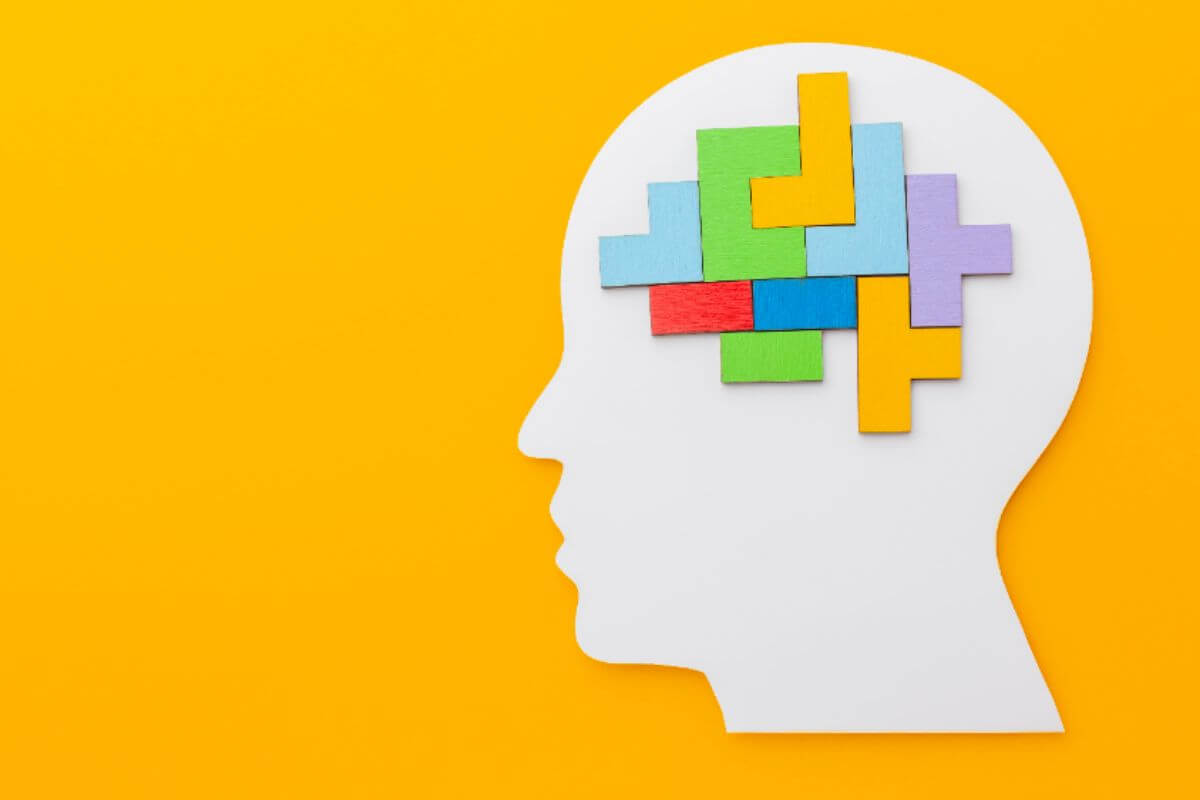
How can communication and collaboration in the workplace be improved?
- Create safe spaces for honest conversations
- Set clear expectations together
- Make feedback a two-way habit
- Use the right tools, not just more tools
- Prioritize human connection
Overview
- Effective teams prioritize connection, not just talent.
- At TrainStation, fostering psychological safety, co-created clarity, two-way feedback, intentional use of tools, and human connection are key to improving workplace collaboration.
- These practices shape a culture where communication thrives, performance grows, and people feel seen, heard, and genuinely engaged in their work.
Great teams don’t thrive on talent alone—they thrive on connection. Because even the smartest strategy can fall flat when people aren’t talking, listening, or aligning with each other. When communication breaks down, collaboration suffers. And when collaboration suffers, performance stalls.
At TrainStation, we’ve seen it across industries and cultures: the best teams are the ones that know how to speak honestly, listen openly, and work together with intention. If you’re looking for ways to improve communication and collaboration in the workplace, you’re in the right place. Let’s get started!
Create Safe Spaces for Honest Conversations

Improving communication begins with emotional safety. When people feel safe to speak up—without fear of being judged, dismissed, or punished—they’re more likely to share ideas, raise concerns, and offer real solutions. This sense of safety sets the tone for meaningful dialogue.
However, creating that kind of environment doesn’t always have to come from formal policies, but from everyday interactions. Leaders who show humility, ask for input, and truly listen help build a culture where honesty is welcomed, not feared. Small actions like pausing to ask “What are your thoughts?” can make a big difference.
When psychological safety becomes the norm, people stop holding back. Teams become more transparent, conversations more constructive, and ideas more innovative. That’s the foundation that real collaboration stands on.
Set Clear Expectations Together
Once safety is in place, the next step is clarity. Communication and collaboration suffer when people aren’t sure what’s expected of them—or each other. Without clarity, even the most well-intentioned team members can end up working in silos or at cross-purposes.
That’s why it’s so important to co-create expectations, not just announce them. Involve your team in defining goals, timelines, and responsibilities. This helps surface assumptions early, reduce misunderstandings, and build a stronger sense of ownership.
With shared clarity, teams begin to move with greater alignment and ease. Everyone understands their role and how it fits into the whole. Collaboration becomes more intentional, and work gets done with more purpose and less friction.
Make Feedback a Two-Way Habit
Clear expectations open the door to productive feedback, and feedback is where real growth happens. But here’s the key: feedback should be ongoing, not just something you give when something goes wrong. When it’s part of the culture, it becomes a powerful tool for connection, not correction.
That’s why two-way feedback means everyone, regardless of role, has the chance to give and receive insights. That kind of balance builds trust and signals that every voice matters. You can start small: regular check-ins, post-project reflections, or simple questions like “What could we do better next time?”
As feedback becomes routine, teams grow more confident and connected. People start asking for input, not just waiting for it. And when learning becomes a shared habit, collaboration naturally improves across the board.
Use the Right Tools, Not Just More Tools

With communication habits taking shape, tools can help—but only when used with intention. It’s tempting to think adding another app or platform will solve the problem. But often, more tools just lead to more noise.
Instead, take a step back. Which tools are helping your team communicate clearly and efficiently? Which ones are creating clutter? Choose a few that work well for your context, and agree as a team on how and when to use them.
When technology supports your team’s rhythm, instead of disrupting it, collaboration becomes smoother. Tools become bridges, not barriers, and that clarity in your digital space reinforces the clarity you’re building in your team culture.
Prioritize Human Connection
Even with the best systems in place, collaboration is ultimately about people. That’s why the most successful teams go beyond coordination—they cultivate connection. Because when people feel seen, valued, and included, communication becomes more authentic and engagement deepens.
Don’t underestimate the power of small moments: a genuine check-in, a quick celebration of progress, or a simple “How are you doing?” These gestures build trust and camaraderie over time. They remind people that they’re part of something meaningful, not just a task list.
When human connection is a priority, everything else improves. Teams face challenges with more empathy, share feedback with more care, and show up with more heart. And that’s when collaboration transforms from a process into a partnership.
Key Takeaway
These five ways to improve communication and collaboration in the workplace aren’t just strategies—they’re culture-shaping habits. And when people feel heard, supported, and aligned, collaboration becomes more than efficient—it becomes meaningful.
Want to build a stronger team? Here at TrainStation, we help leaders and teams bring these principles to life. Whether you’re just starting out or ready to deepen the way your people connect and perform, we’re here to support your journey.
Reach out to us today, because your team deserves to do more than work. They deserve to work well together.




